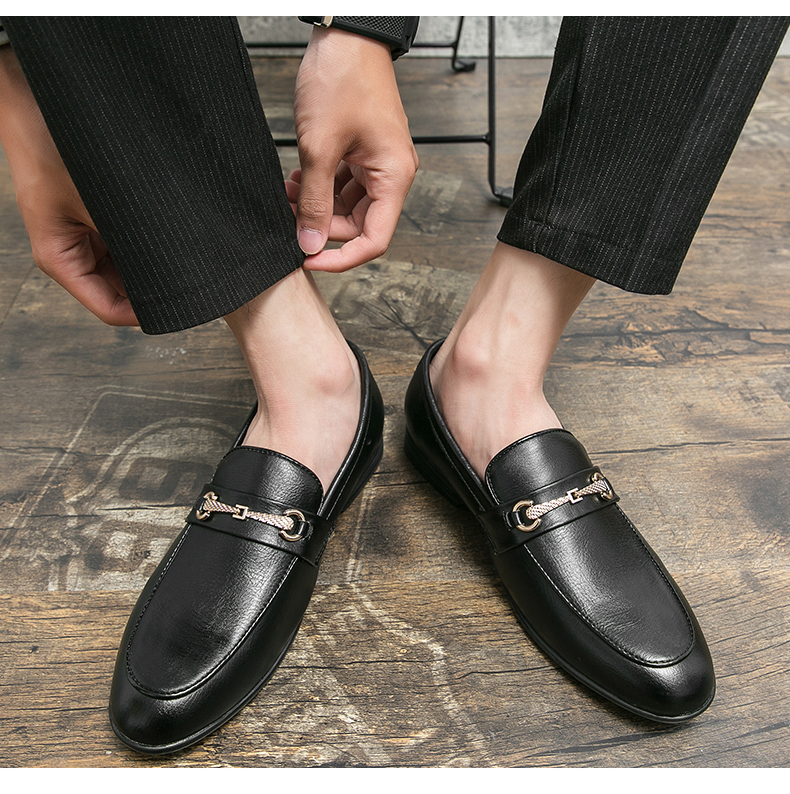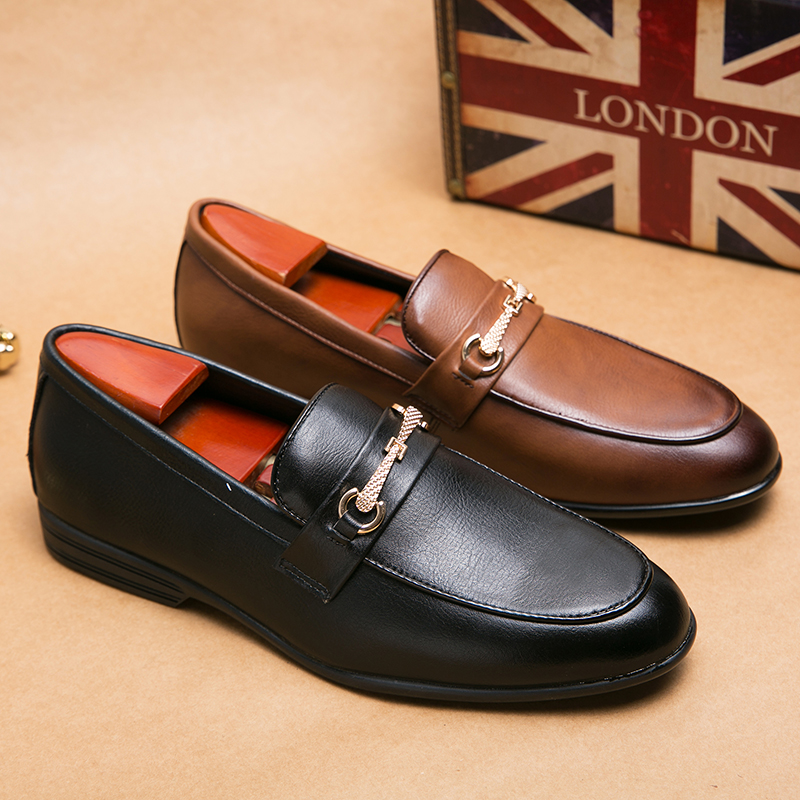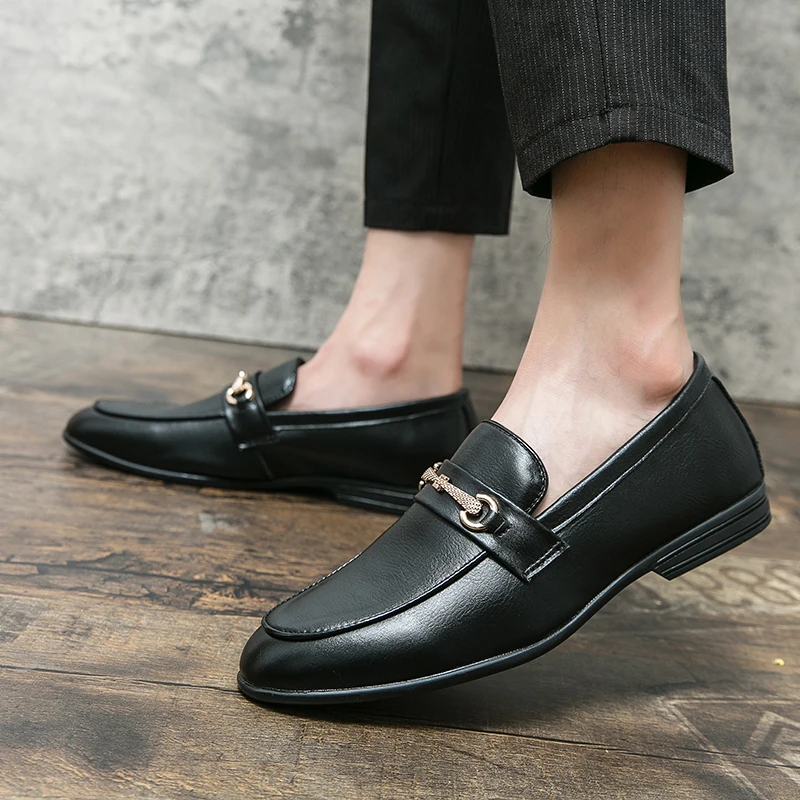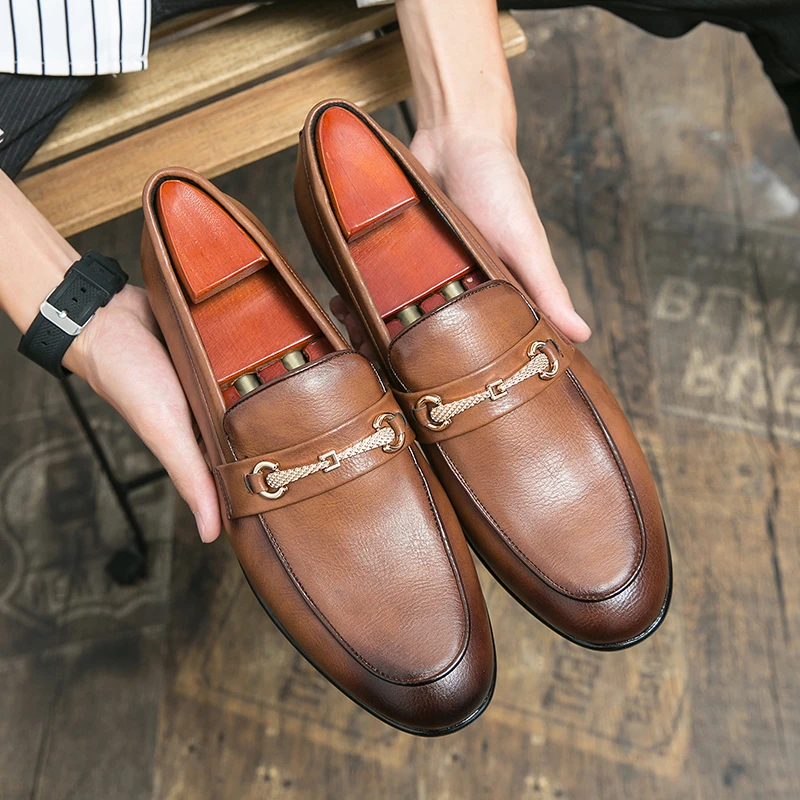Introduction to Patina Leather Shoes
What is Patina Leather?
Patina leather stands out in the world of shoes. It showcases natural aging and unique color changes over time. Patina refers to the sheen and depth that develops on leather with use and age. Unlike other types of leather, patina leather improves with time. Each pair becomes a unique piece, reflecting its wearer’s journey. This quality makes patina leather shoes highly sought after by connoisseurs.

The process of creating patina involves careful craftsmanship. Artisans often use natural oils, sunlight, and polishing techniques. These elements interact with the leather, resulting in beautiful, rich hues. The transformation is gradual, making every shoe distinct. No two pairs of patina leather shoes are exactly alike. This uniqueness adds value and character to each pair.
History of Patina Leather
The history of patina leather dates back centuries. In ancient times, leather was a common material for various goods. Over time, people noticed the beauty that emerged as leather aged. This natural process became a desirable trait. Craftsmen began to innovate ways to enhance this aging process. They experimented with different methods to achieve stunning results.
During the Renaissance, patina leather gained significant popularity. Wealthy individuals and nobility favored these unique items. The fashion spread across Europe, setting a trend that continues today. Patina leather shoes became symbols of sophistication and elegance. Their appeal has not waned over the years, maintaining their status in modern fashion.
Why Choose Patina Leather Shoes?
Patina leather shoes offer numerous advantages. First, they provide unmatched aesthetic appeal. The depth and richness of the colors are captivating. Each shoe tells a story, reflecting the passage of time. This personalized touch is rare in mass-produced footwear.
Second, patina leather shoes are durable. The aging process strengthens the leather, making it more resilient. Proper care can extend their lifespan significantly. This longevity makes them a wise investment. Unlike other materials, patina leather does not deteriorate quickly. Instead, it evolves, gaining more character and beauty.
Third, they offer versatility. Patina leather shoes can complement various outfits. They are suitable for both formal and casual occasions. Their unique appearance adds a touch of elegance to any ensemble. Whether at a business meeting or a social event, patina leather shoes make a statement.

Crafting Patina Leather Shoes
The Selection of Leather
The crafting of patina leather shoes starts with selecting high-quality leather. Not all leather is suitable for developing a good patina. The best results come from full-grain leather. This type retains the hide’s natural surface. It includes imperfections that add to the character of the final product. Full-grain leather is also more durable and ages better than other types.
Artisans carefully choose hides based on their quality and potential for patina development. They look for pieces with a smooth texture and minimal blemishes. The leather must also be supple yet strong. This balance is crucial for both aesthetics and functionality. Once selected, the leather undergoes initial treatments to prepare it for crafting.
Tanning Process
The tanning process is vital in creating patina leather shoes. Traditional vegetable tanning is often preferred. This method uses natural tannins from plants, trees, and fruits. It is a time-consuming process but yields superior results. Vegetable-tanned leather develops a rich patina over time. It also has a distinct aroma and texture that synthetic tanning cannot replicate.
During tanning, the leather absorbs the natural tannins. This process can take several weeks. The tannins interact with the leather fibers, enhancing their strength and flexibility. The result is a high-quality material ready for further treatment. After tanning, the leather is thoroughly dried and conditioned.
Coloring and Patina Development
Coloring is a crucial step in crafting patina leather shoes. Artisans use various techniques to achieve the desired hues. Hand-dyeing is common, allowing for precise control over color application. Natural dyes are often preferred for their ability to age gracefully. Multiple layers of dye are applied, each enhancing the depth and richness of the color.
The patina development involves exposing the leather to elements like sunlight and air. Over time, these factors darken and enrich the color. Regular polishing and conditioning with natural oils further enhance the patina. This process can take several months to years, depending on the desired outcome. The result is a pair of shoes with unique, captivating colors that evolve with wear.
Construction Techniques
Creating patina leather shoes requires skilled craftsmanship. Artisans use traditional construction techniques to ensure quality and durability. Goodyear welt construction is a popular choice. This method involves stitching the upper, welt, and sole together. It provides excellent durability and allows for easy resoling. The shoes can last for decades with proper care.
Hand-stitching is another technique used in high-quality patina leather shoes. It offers greater precision and strength compared to machine stitching. Artisans pay close attention to detail, ensuring each stitch is perfect. This meticulous work contributes to the overall elegance and longevity of the shoes.
Finishing Touches
The final stage in crafting patina leather shoes involves adding finishing touches. Polish and wax are applied to enhance the shine and protect the leather. Some artisans use special techniques to create additional visual effects. These can include burnishing, where the leather is rubbed to create darker areas. The goal is to highlight the natural beauty of the patina.
Laces, eyelets, and other hardware are carefully selected and attached. These elements should complement the overall design and quality of the shoes. The finished product is a testament to the artisan’s skill and dedication. Each pair of patina leather shoes is a work of art, ready to be worn and admired.

Caring for Patina Leather Shoes
Regular Cleaning
Proper care is essential to maintain the beauty of patina leather shoes. Regular cleaning is the first step. Use a soft brush or cloth to remove dirt and dust. Avoid using harsh chemicals or abrasive materials. These can damage the leather and affect the patina. Gentle cleaning helps preserve the natural sheen and color.
After brushing, use a damp cloth to wipe the shoes. Ensure the cloth is not too wet, as excess moisture can harm the leather. Wipe gently to avoid removing any dye or polish. Allow the shoes to air dry naturally. Do not place them near heat sources, as this can cause the leather to crack.
Conditioning and Polishing
Conditioning is vital for keeping patina leather shoes supple and hydrated. Use a high-quality leather conditioner or cream. Apply a small amount to a soft cloth and rub it into the leather. Focus on areas that appear dry or cracked. Conditioning helps prevent the leather from becoming brittle and enhances its natural luster.
Polishing is the next step. Choose a polish that matches the color of the shoes. Apply it evenly using a soft cloth or brush. Allow the polish to dry before buffing it to a shine. Regular polishing maintains the patina and protects the leather from moisture and wear. It also adds an extra layer of elegance to the shoes.
Storage Tips
Proper storage is crucial for preserving patina leather shoes. Store them in a cool, dry place away from direct sunlight. Excessive heat and humidity can damage the leather. Use shoe trees to help maintain the shape and absorb moisture. Cedar shoe trees are a good choice as they also deter pests.
Avoid storing shoes in plastic bags or airtight containers. Leather needs to breathe, and lack of ventilation can cause mold and mildew. Instead, use breathable fabric bags or boxes. If storing for a long period, check the shoes periodically. This ensures they remain in good condition and allows for timely intervention if issues arise.

Protecting from Elements
Protecting patina leather shoes from the elements is essential. Water can cause significant damage, leading to stains and weakening the leather. Use a high-quality water repellent spray specifically designed for leather. Apply it before wearing the shoes in wet conditions. Reapply regularly to maintain protection.
Avoid wearing patina leather shoes in harsh weather conditions whenever possible. Snow, mud, and heavy rain can adversely affect the leather. If the shoes do get wet, allow them to dry naturally. Stuff them with newspaper to absorb moisture and maintain their shape. Do not use direct heat sources to dry them.
Dealing with Scuffs and Scratches
Scuffs and scratches are inevitable with regular wear. However, they can add character to patina leather shoes. Minor scuffs can often be buffed out with a soft cloth. For deeper scratches, use a leather repair kit. These kits typically include color-matched creams and fillers. Follow the instructions carefully to restore the appearance of the leather.
Regular conditioning and polishing can also help minimize the visibility of scratches. They nourish the leather and keep it pliable, reducing the likelihood of damage. Embrace minor imperfections as part of the shoe’s evolving story. Each mark adds to its unique character and charm.

Final Thoughts
Whether for formal occasions, casual wear, or business attire, patina leather shoes are versatile and stylish. They offer a blend of tradition and modernity, appealing to a wide range of tastes. Investing in a pair of patina leather shoes means owning a piece of art that grows more beautiful with time. Embrace the journey and let your shoes tell your unique story.
